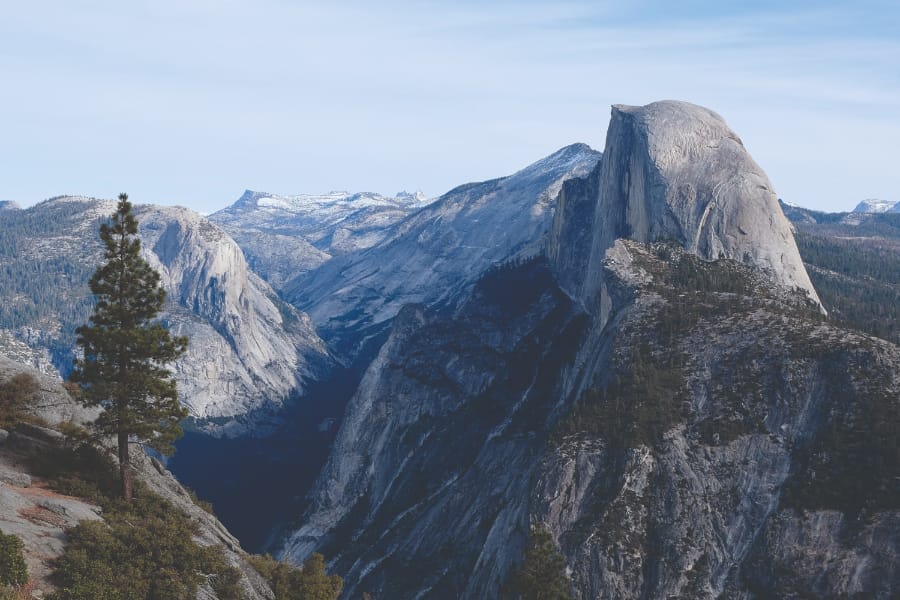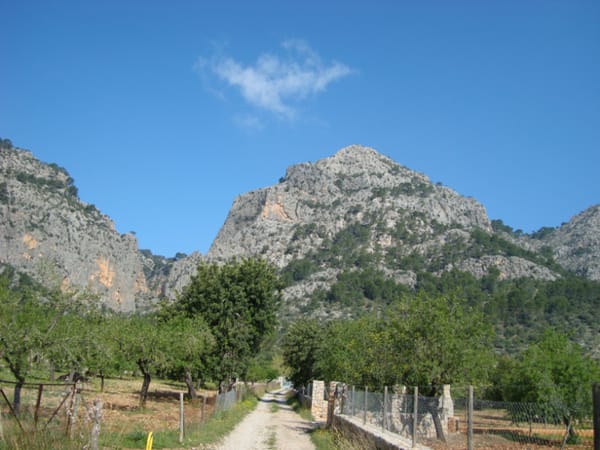Out of season in North America’s national parks
Recent Imperial graduate Konstantin Holzner has been touring the Americas in an old fire engine. Felix has just caught up with him to hear about the perks of off-season travel to North American national parks.

There are many valid reasons why you should visit North America’s national parks in high season. It’s when the weather is reliably good, when the flowers are in bloom, or when certain wildlife encounters are the most likely. However, high season comes at a price, and not just literally. Many of North America’s most popular national parks have become very crowded, with excited visitors hunting for perfect Instagram shots. The wardens are facing huge challenges in managing visitor numbers in a sustainable way, which allows people to enjoy the outdoors but also protects the habitats and species within the park. So let me make a case for off-season travel.
Redwood National and State Parks (California)
The Redwood parks protect just under half of all remaining coastal Redwoods, the tallest trees in the world. The vast majority of these magnificent trees have fallen victim to logging in the past, and since re-growing them literally takes hundreds to thousands of years, restoration of this old-growth temperate rainforest is a long game. For now, these relatively small protected parks lend themselves to be explored on an awesome road trip along the coast of Northern California. There’s a number of spectacular scenic drives right through the forests, which are very busy with cars in high season, particularly on weekends, and you’ll likely spend some of your valuable holiday time looking for a parking space. In December, we only had to share the place with some deer roaming undisturbed.
As stunning as the drives are, to really experience the Redwood forests and appreciate the size of these trees, you’ve got to go for a walk in the woods. The most striking thing for me was the incredible silence. The huge trees and the thick undergrowth muffle essentially all noise, and I’ve never been in a place as quiet as this. But to enjoy the marvellous tranquillity of the forest, you want only a small number of cars and hikers in the park – another reason for off-season travel.
Denali National Park and Preserve (Alaska)
Home to North America’s tallest mountain, Denali, this park protects incredible wilderness full of mountains and wildlife but the access is very limited all year round. Although in the main season you can drive farther into the park using their tour buses (private vehicle access is restricted), I highly recommend the off-season, particularly if you’re into backcountry hiking. During the summer months, backcountry permits are booked out months in advance, and people queue from very early on in the morning for a small number of permits allocated on the day. When we went hiking there in late September, we were the only people with a permit camping out in the entire six million acres.
There aren’t many paths in the park, and most backcountry exploits involve advanced navigation with a map and compass, picking your own route (it’s possible to book tours with experienced back-country rangers). On our first day, we followed a river bed covered in animal tracks. Moose, wolves, and grizzlies are all very active there. Within ten minutes of pitching our tent we saw two moose appear out of the forest. The next morning, we woke up in a few inches of snow and on our way back saw which animal tracks were fresh.
Another advantage of the off-season is that the flightseeing tours from nearby Talkeetna through the mountains (optional glacier landings available) aren’t fully booked, so you can just rock up when the weather is perfect. Although expensive, the views are spectacular!

Tombstone Territorial Park (Yukon, Canada)
This relatively young park, located near the southern terminus of the infamous Dempster Highway, protects an incredible array of rugged peaks. Wilderness permits are also usually booked out months in advance for the summer months. In September, however, we had no trouble obtaining a permit to hike to Grizzly Lake, and the autumn colours in the park are spectacular. We camped out there for two nights (didn’t see any grizzlies though) and were treated to the most amazing sunset, followed by an incredible display of northern lights – you don’t get those during the summer either – that made even the Canadians in the neighbouring tent “ooohh” and “aaahh” in awe.
Yosemite National Park (California)
Chances are your last laptop shipped with one of Yosemite’s stunning granite walls as a background picture. It’s certainly the most breath-taking North American national park I’ve been to but also one of the busiest. During high season, people queue from early in the morning for a chance to pitch their tent in the infamous Camp 4. The valley floor is super busy, and so are the more accessible hikes. Glacier Point is probably one of the most Instagrammed places on earth, but the road to get there is closed during the off-season and you can only reach it by foot. So when you’ve hiked up there, you’re almost certainly alone. And even if you’re not, you can be certain that the others have also earned that spectacular view. If you’re hungry for more, continue on along the aptly-named Panorama Trail for more stunning views. One of Yosemite’s free shuttle buses will take you back to where you started in no time, and some drivers will even sing you a song or tell you stories of the park’s history.









